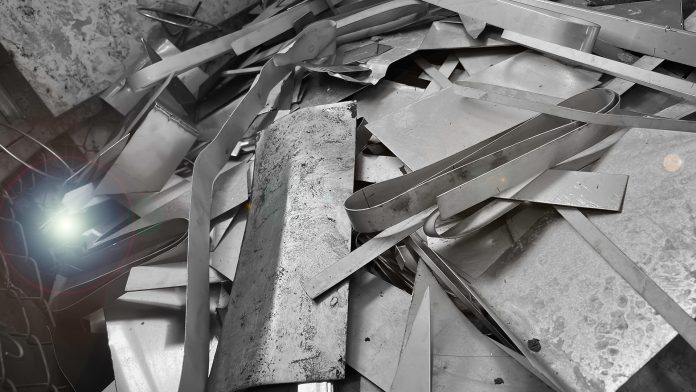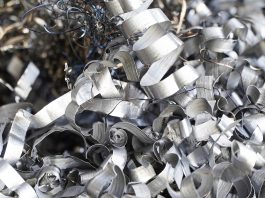University of Toronto engineering researchers have designed a new steel recycling method that has the potential to decarbonise a range of manufacturing industries and usher in a circular steel economy.
The new way to recycle steel introduces an innovative oxysulfide electrolyte for electrorefining, an alternative way of removing copper and carbon impurities from molten steel.
The process also generates liquid iron and sulphur as by-products.
The method is outlined in a new paper published in Resources, Conservation & Recycling.
“Our study is the first reported instance of electrochemically removing copper from steel and reducing impurities to below alloy level,” stated Gisele Azimi, co-author of the study.
The growing demand for green steel
Currently, only 25% of steel produced comes from recycled material.
However, the global demand for greener steel is projected to grow over the next two decades as governments worldwide strive to achieve net zero emission goals.
Steel is created by reacting iron ore with coke — a prepared form of coal — as the source of carbon and blowing oxygen through the metal produced.
Current standard processes generate nearly two tonnes of carbon dioxide per tonne of steel produced, making steel production one of the highest contributors to carbon emissions in the manufacturing sector.
Issues with traditional steel recycling methods
Traditional steel recycling methods use an electric arc furnace to melt down scrap metal.
Since it is difficult to physically separate copper material from scrap before melting, the element is also present in recycled steel products.
Azimi explained: “The main problem with secondary steel production is that the scrap being recycled may be contaminated with other elements, including copper.
“The concentration of copper adds up as you add more scrap metals to be recycled, and when it goes above 0.1 weight percentage in the final steel product, it will be detrimental to the properties of steel.”
Copper cannot be removed from molten steel scrap using the traditional electric arc furnace steelmaking practice, so this limits the secondary steel market to producing lower-quality steel products, such as reinforcing bars used in the construction industry.
How the new method overcomes these issues
To remove copper from iron to below 0.1 wt%, the team had to first design an electrochemical cell that could withstand temperatures up to 1,600°C.
Inside the cell, electricity flows between the negative electrode (cathode) and the positive electrode (anode) through a novel oxysulfide electrolyte designed from slag — a waste derived from steel recycling that often ends up in cement or landfills.
Jaesuk Paeng, another of the study’s co-authors, concluded: “The electrolyte targets the removal of copper from the iron when we apply electricity to the cell.
“When we apply electricity on the one side of the cell, we force the copper to react with the electrolyte and come out from iron. At the other end of the cell, we simultaneously produce new iron.”









